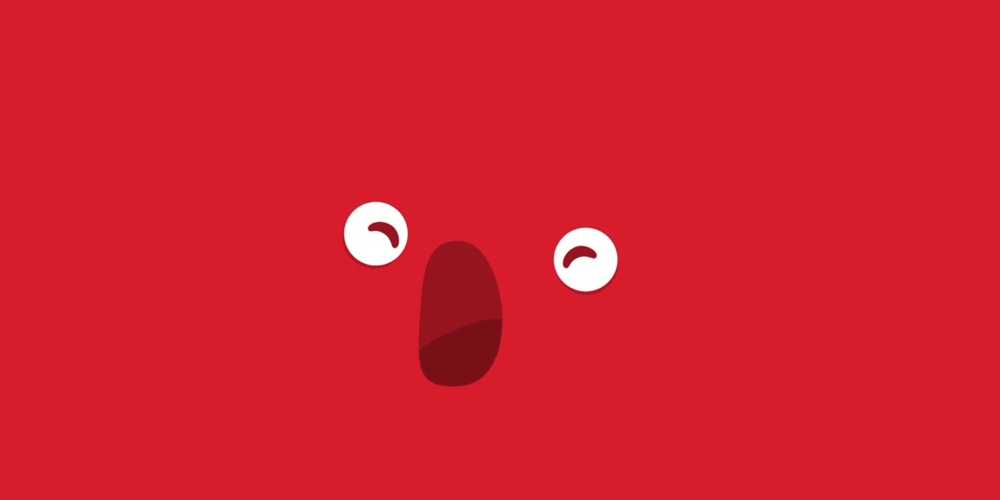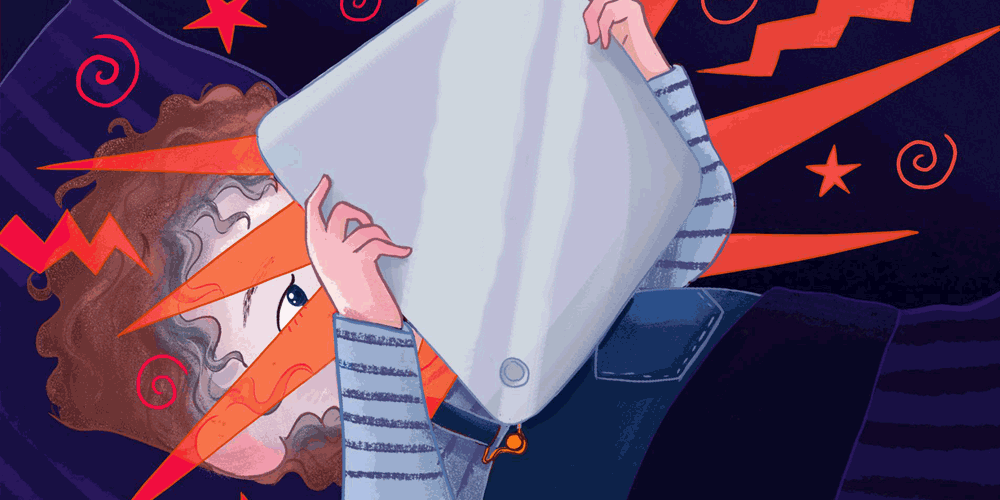With their clumsiness, out-of-this world imaginations, innocently mischievous smiles and their oversized eyes and tiny little mouths, children can bring joy to anyone seeing them.
This includes YouTube, the streaming giant of the web owned by Google.
With the many young YouTube influencers, or 'kidfluencers' appearing on the platform, with some having hundreds of thousands to even millions or even tens of millions of subscribers, they are the gold mines for YouTube.
Since it was founded in 2005, YouTube has operated beyond the reach of rules that govern advertising on traditional television.
The site has grown so large and influential that even children want to take part and share their joy to the world.
But the thing is, children have little to no knowledge of the web, and sponsored contents aren't always clear about ads that appear.
This is a minefield problem for the streaming giant, waiting to blow whenever its guard is down.

Channels created by children (with or without their parents' knowledge), have children as their primary audience. The problem is, their audience are vulnerable to being manipulated by paid clips that masquerade as legitimate content.
On TV, ads are clear, as they come after the show takes a break, or appearing during a show, but clearly distinguish themselves as ads.
On YouTube, it's a different story.
While most if its ads are clear, like those pre-roll ads that play before the video, the non-skippable ads that force people to watch, or in-stream ads that may show when the video is playing, creators can also promote products that aren't associated with YouTube.
"The uptick in sponsored content and child influencers is very overwhelming," said Dona Fraser, director of the Children's Advertising Review Unit, an industry watchdog funded by companies including Google. "This has exploded in front of our eyes. How do you now wrangle every child influencer out there?"
YouTube doesn't allow paid promotional content on YouTube Kids. Video creators have confirm if they ever receive money or free products when they upload their video to the main YouTube site.
Those videos are then supposed to be blocked from running on the YouTube Kids app.
However, the Campaign for a Commercial-Free Childhood has found prominent influencers with sponsored videos on YouTube Kids, suggesting that these creators either didn't check the box or Google is being misleading when it says these videos won't appear on the app.
For adults viewers, they may be able to tell the difference. But for children, they are less likely able to spot promotional products that appear in videos.
Deciphering when a video crosses the line into marketing is not always easy.
YouTube avoids rules governing TV for children in part by citing the age restriction in its terms of service. Children under the age 13 cannot use the video site.
"YouTube does not allow users under 13 to create or own accounts on YouTube, and when we identify an account of someone who is underage we terminate that account," the company said.
But children often lie about their age when signing up, and a sheer number of parents are willingly signing up their children, to then let them roam free on the streaming platform.
As a matter of fact, many children videos were actually created by adults. In this case, the videos can include explicit languages or some adult jokes aimed for their children viewers.
In the many scenarios stated above, YouTube had attracted pedophiles, in which they shared creepy comments to the supposedly family-friendly videos.
And because those videos can have ads, YouTube may host videos that aren't appropriate, and get money from advertisers based on its weaknesses in policing its contents.
So here, YouTube is like pretending to be a platform for families, but only when the circumstances suit them. But yet, the company is heavily profiting from children being on the site.
Advertisers aren't happy.
Read: YouTube Backlash After Ads Appear Near Images Of Children And Pedophile Comments

YouTube has taken several steps.
For example, the company purged thousands of videos aimed at kids after finding creepy clips spreading through its platform using AI. In December 2018, it removed more than a million videos which included child exploitation in just three months.
It later disabled 2 million inappropriate children video. and also banned a considerable amount of children's contents out of a program called Google Preferred, a premium package of videos that command higher ad prices.
Google has also suspended comments on some videos featuring minors and deleted hundreds of accounts that had left concerning comments.
With the many videos aimed at children, it's difficult for YouTube to monitor and filter all the videos that are uploaded to its service.
If YouTube wants to really police its contents and become more strict, it will generate less ad revenue to creators. In turn, those creators will turn to sponsored clips who pay them more.
This will give YouTube less control of its platform, and also less profit.
And again, the problems persisted, and the cycle continues.
Until YouTube can find a way to properly filter its contents without offending the creators or the viewers, YouTube should appeal advertisers. But the thing is, YouTube has hundreds of hours of videos uploaded to its servers every single minute.
With billion of videos are watched on YouTube every single day, yes, YouTube is having a hard time.